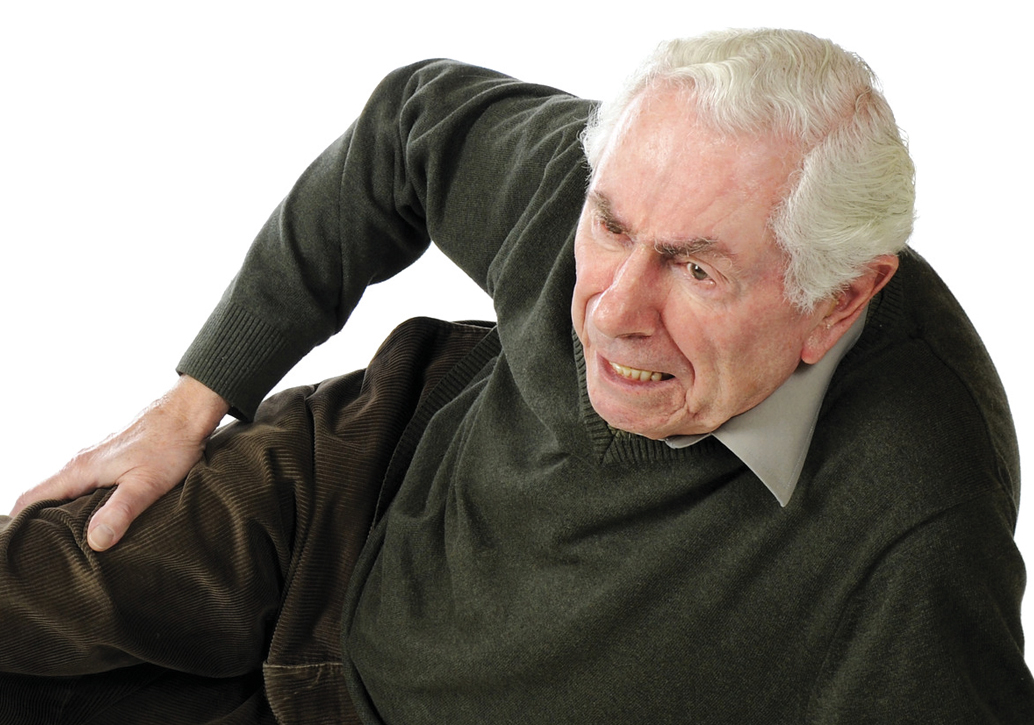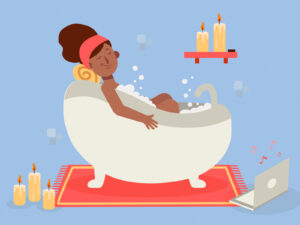Don’t fall for it: Prevention of Falls in the Older Population
Two autumns ago I was on the roof of my home, cleaning the eavestroughs. As I blew away the leaves, I looked at the ground and thought, “Why, at your age, are you still doing this?” Always being a “doer” and “fixer,” a legacy of my do-it-yourself engineer father, it was usually anathema for me to consider having someone else do such work.
As I stared down,I suddenly realized that if by chance I fell from that moderately sloped roof, I would seriously injure myself. And that fall would compromise every meaningful part of my life and work. At that moment it became crystal clear for me that I had to avoid those risks and I decided to hire someone to do some of the chores from now on.
I often recount my story to my patients when we discuss the potential for falling in our clinic encounters.
We come from personal anecdotes to how they manage to assure their mobility and safety in their everyday lives. In providing care and advice, healthcare professionals try to identify the risk for future falls and understand previous falls as a marker for careful scrutiny. Unfortunately, the reason is not always adequately appreciated by patients or family members when cognitive impairment clouds judgement.
Falls in the elderly are a major public-health hazard. The number of fallers and the impact of the falls are so important, and at times devastating, that most public-health and ministry-of-health agencies track falls as an indicator of the older population’s well-being. Ontario, as well as other jurisdictions, has developed initiatives to help individuals and their families avoid falls with a combination of comprehensive risk-for-falls assessments and programs to improve function, mobility and strength. There are often programs to help with falls, risk-reduction home modifications and general home-safety assessment. (Check out the LHINCollaborative: Integrated Provincial Falls Prevention Framework & Toolkit: July 2011; it’s available online.)
Family members involved in eldercare must be aware of the risk of falls and seek help to maximize safety. The repercussions of falls can be devastating and may foretell serious outcomes in terms of well-being, self-care and the ability to remain in one’s own home; they can also sometimes indicate serious underlying medical conditions.
The steps in a good falls assessment include first a proper professional assessment (by a physician, occupational and/or physiotherapist). Often, home-safety assessments can be provided through agencies akin to Ontario’s Community Care Access Centres
(www.ccac-ont.ca), which provide services to community-dwelling elders.
Important fall-prevention strategies include the following:
1. Use supportive and well-designed footwear suitable for the current season and weather conditions.
2. Use walking aids if stability and mobility are issues. Rollators (rolling “walkers”) promote stability and invariably have a seat for resting.
3. Make home modifications, especially adding grab bars in the bathroom, as falls often occur in bathrooms, and the hard surfaces are unforgiving.
4. Assess all falls with input from a healthcare professional, as medications and underlying illnesses (including compromised cognitive appreciation) may have been a factor.
Falls are serious and there is no question that prevention is far more important than the follow-up treatment, which, although very important, cannot always reverse the consequences of a serious fall.
Dr. Michael Gordon is Medical Program Director of Palliative Care at Baycrest Geriatric Health Care System.















